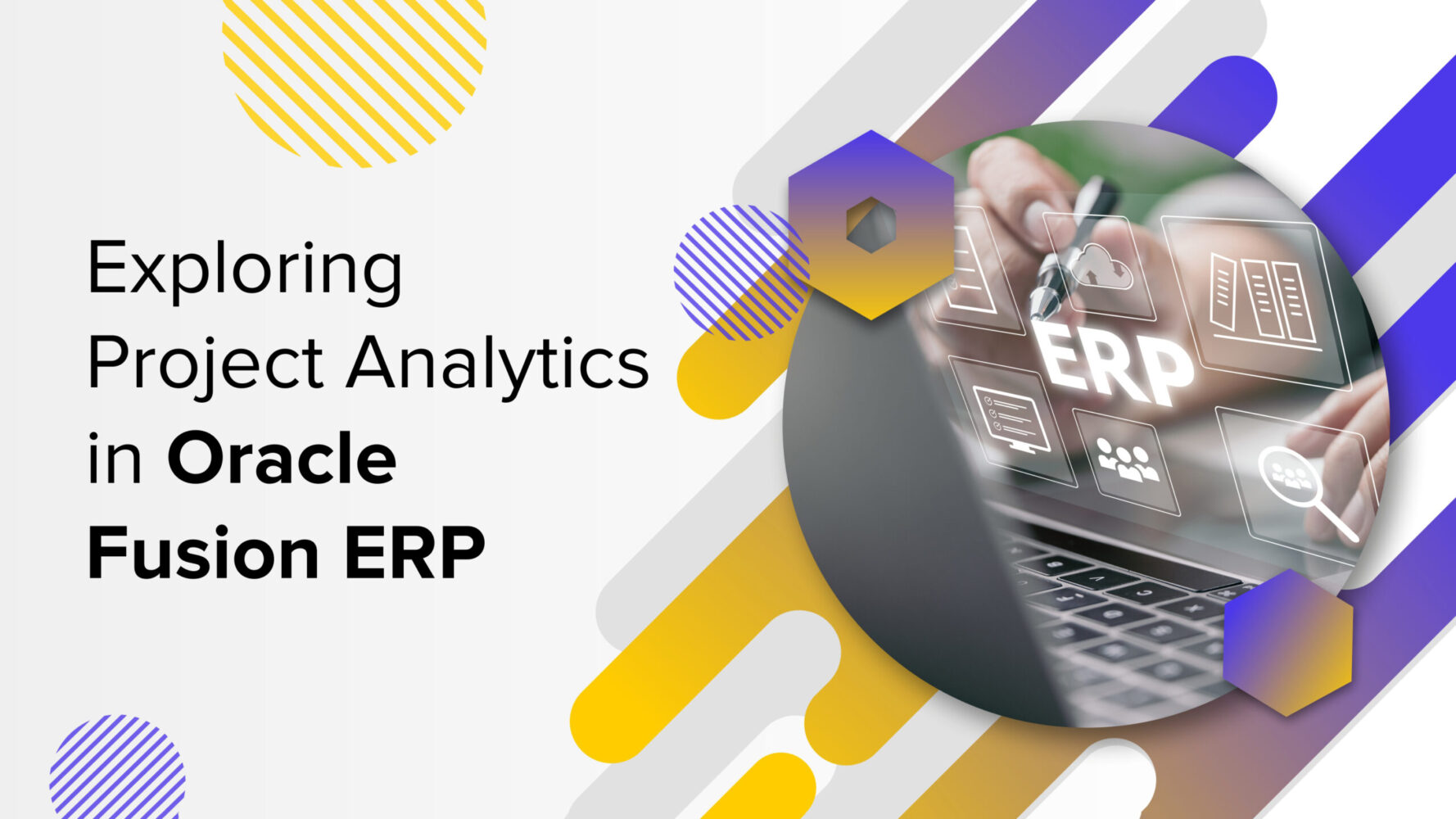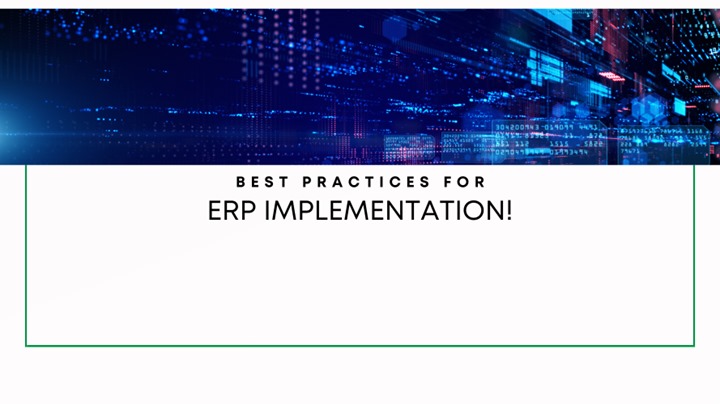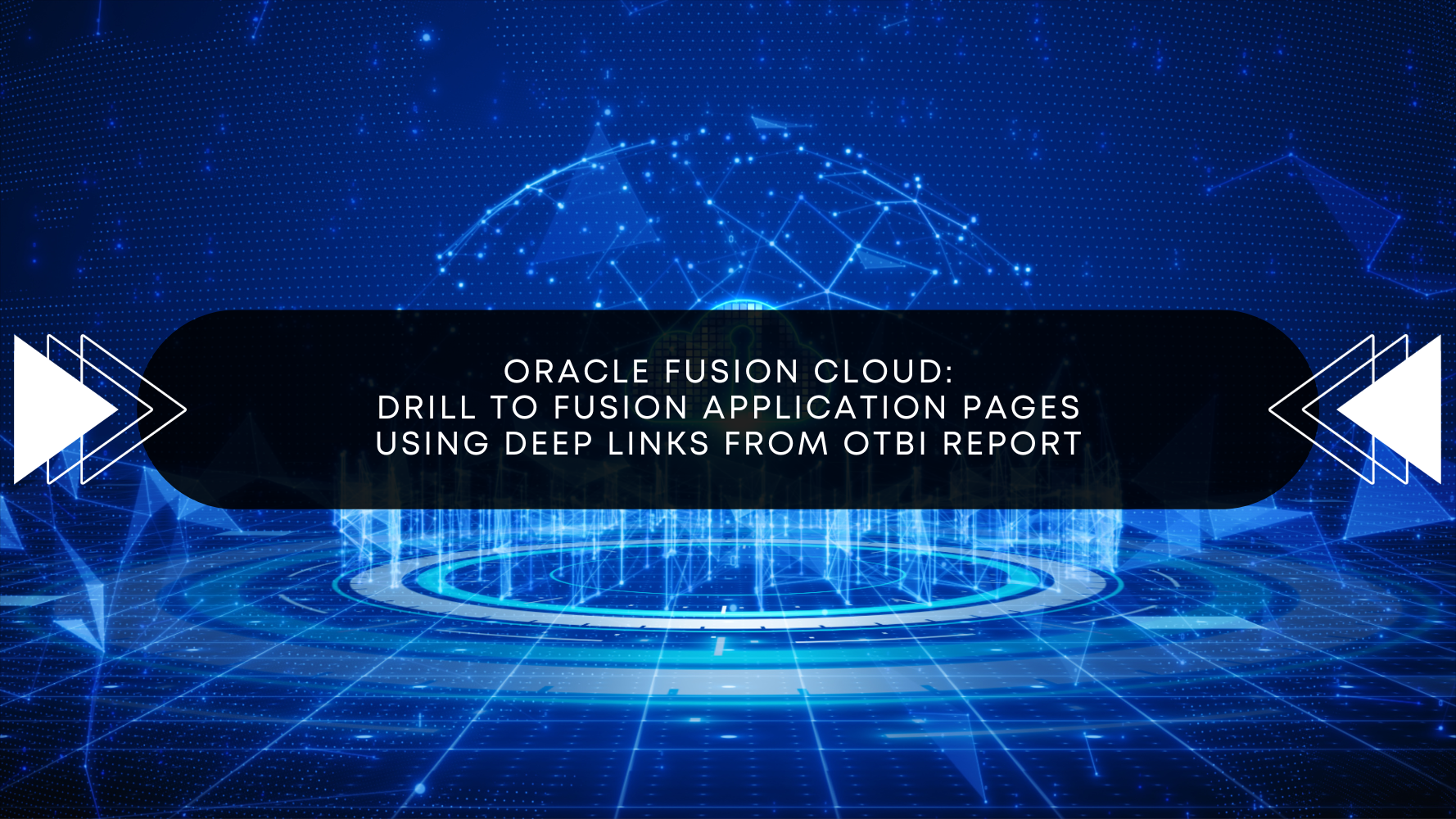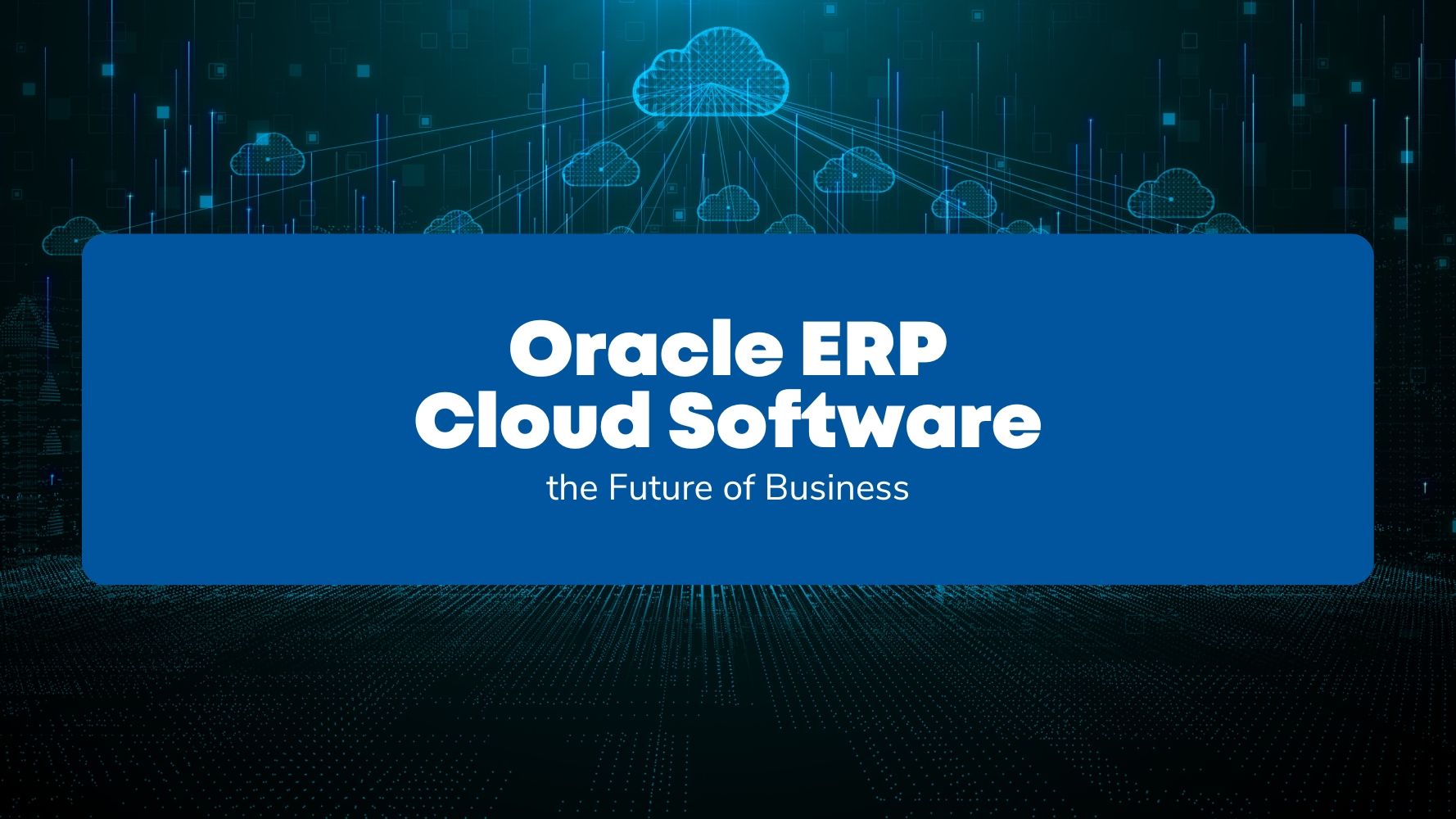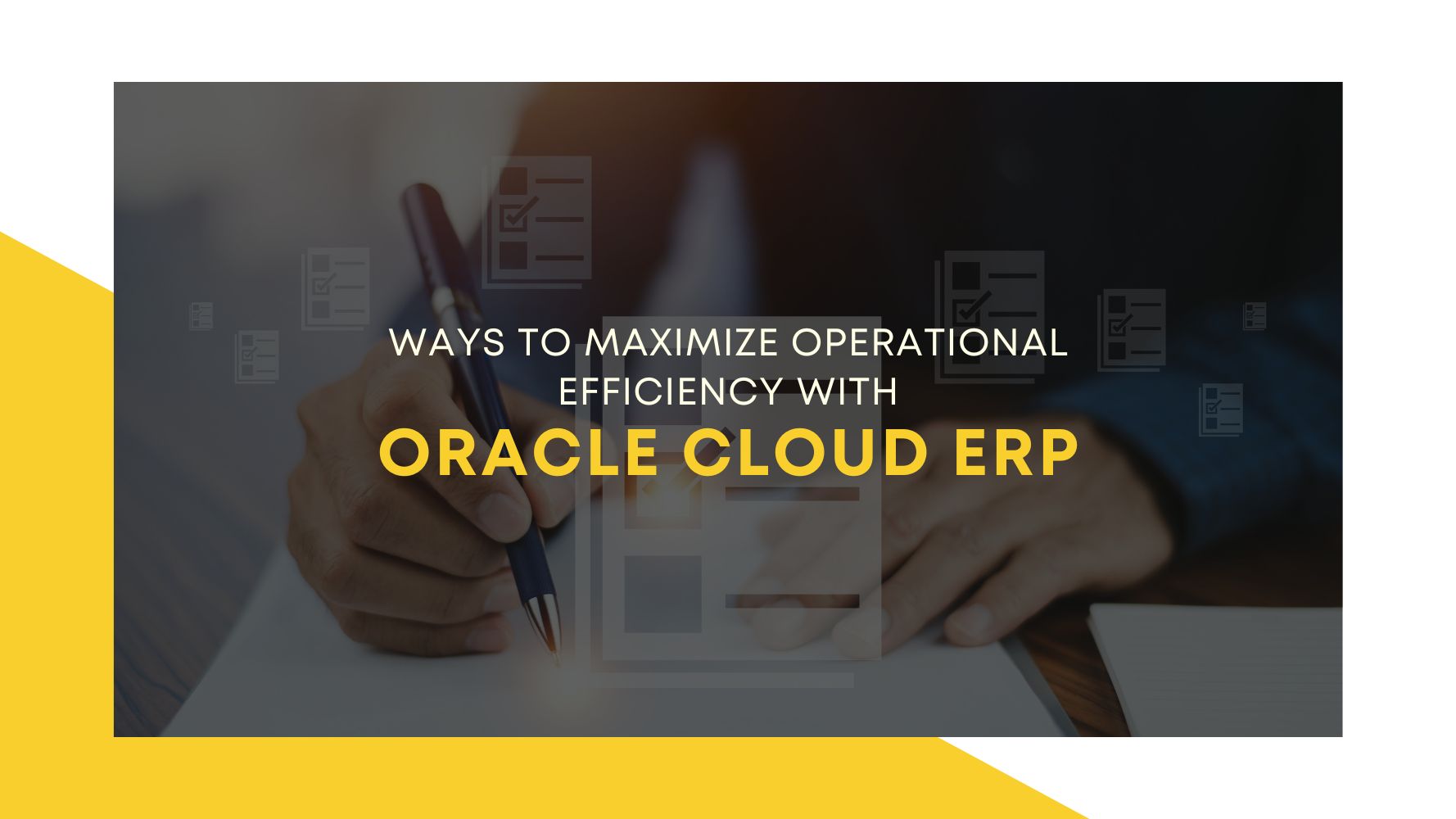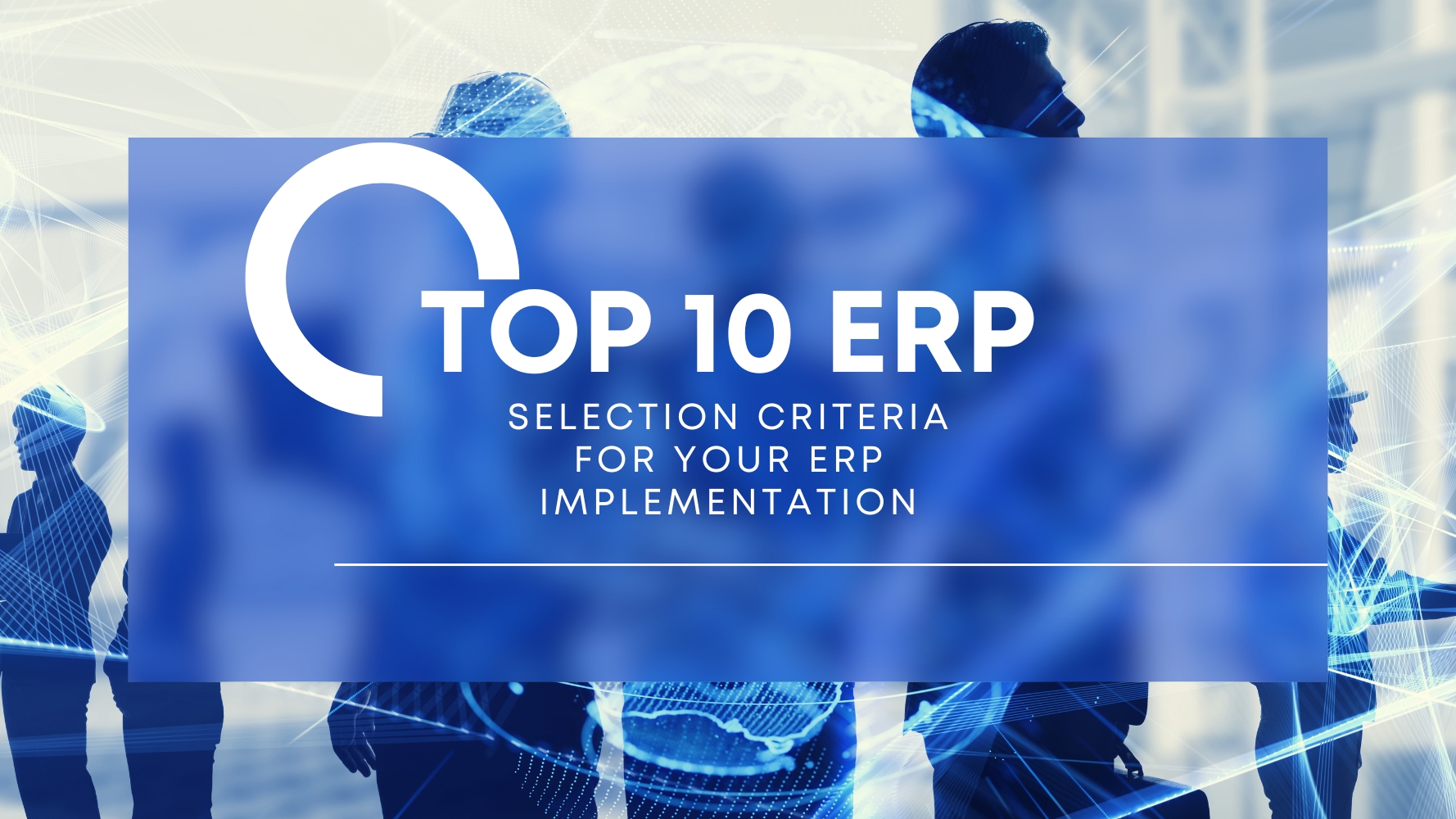A constantly changing business environment makes it even more challenging for project teams to strive and thrive across all sorts of big and small projects across an organization. To meet this requirement, project management organizations (PMOs) try to mitigate risks and follow a data-driven approach to timely and efficiently reach their goals. They further analyze data and its implications across every stage of the lifecycle of a project.
When planning big projects, the project management team needs a comprehensive view to balance costs, budgets, forecasts, and spending. They also need detailed insights into underlying information to enable them to make better decisions and reap faster results. To overcome this concern, Oracle developed Project Analytics as a part of Oracle Fusion ERP Analytics.
Ways to Determine the Financial Health of the Project Portfolio
One of the greatest hindrances that come in the way of successful project management is keeping track of project expenditures and sticking to the allocated budgets. Since the project information is spread across various departments and systems, project management experts often find themselves manually extracting information across various channels. This total process becomes very time-consuming and laborious. Not to mention tracking the gap between the planned budget and the original baseline cost becomes even more challenging. But, following these steps to infer the project’s financial health can help make the job of a PMO easier.
Budget and Forecast Analysis: Project analytics smoothens the budget and forecast analysis. Prebuilt KPIs help the project teams keep the financial situation in check and highlight risk areas. They help them draw proactive comparisons between the approved budget and the current baseline costs. All this is made possible by Oracle Cloud ERP analytics by analyzing and leveraging past trends and historical performances, which helps PMOs make better decisions and optimize expenses, costs, and priorities to meet their project goals. Ask yourself these three questions to quickly analyze your project’s financial situation:
- What’s the current financial health of all your undergoing projects?
- Where are you exceeding your costs?
- What’s your current and updated forecast against the budget?
Obtain up-to-date visual analytics on revenue and billing in a timely manner
Organizations and project management teams often encounter challenges when it comes to obtaining accurate and timely information about project performance, both for internal purposes and for their clients. Due to the complexity of managing project data across various isolated systems and the continued reliance on multiple spreadsheets, teams often struggle to establish connections and gain a clear understanding of current revenue trends, top customers, and payment delays.
Revenue and Billing Analysis: By utilizing interactive dashboards and user-friendly self-service visualizations, project teams can now track day-to-day project trends and variances throughout the different project phases and billing milestones. This comprehensive visibility encompasses trends in revenue, billings, customers, contracts, and funding allocations, enabling project teams to instantly find answers to their queries without depending on IT to extract the necessary reports.
Key questions that can be answered include:
- Who are your top ten customers, and which generates the most profit?
- Which projects are the main contributors to revenue?
- How do current billings compare to those from the previous quarter?
- What is the current status of accrued revenue compared to billings?
- How well am I performing against the original funding contracts?
- Which of my projects are performing well, and how do they compare?
Time is of the essence, particularly in the era of virtual collaboration, where seamless and rapid communication is essential for project organizations. With built-in natural language processing (NLP) features, project management offices (PMOs) can leverage speech-driven visualizations to obtain revenue and billing insights anytime and from any device. By asking time-sensitive questions such as “How is my revenue trending this month?” or “Which customers have not made payments this month?”, they can receive visual insights and easily share the results with stakeholders.
Enhance control over project costs and expenditures
Project management offices (PMOs) face the ongoing challenge of closely monitoring project costs and effectively managing budget changes. As projects evolve, it becomes essential for project members to periodically analyze various cost reports, including expenses, deviations from initial estimates, and profit margins and commitments. However, this process can be time-consuming, as project-related data and associated costs are often scattered across different locations and managed by different individuals, resulting in limited visibility into project costs and overall expenditure for teams.
Analysis of Project Costs: Project Analytics offers a comprehensive and intuitive view, supported by prebuilt analyses, empowering dynamic decision-making through self-service visualizations. This enables project members to swiftly evaluate the impact of project costs on margins and budgets. Project members can make necessary cost adjustments and enhance project control by proactively identifying variances. Gain detailed insights into the factors driving cost commitments and expenses. Flexible analyze data from multiple perspectives, such as by project organization, project type, or category, at any given time. Utilize pre-built analyses and metrics to delve into revenue and cost distributions, examining account-level details based on projects, general ledger accounts, and fiscal periods. The prebuilt cost analysis functionality can address queries including:
- Where are the areas where I am projected to overspend, and how can I regain control?
- Which resources can I utilize to maximize profitability and minimize costs?
- How does my revenue vary from one quarter to another?
- What is the trend in my costs over the past six months, categorized by project and category?
By leveraging Project Analytics and its prebuilt cost analysis capabilities, PMOs can effectively manage project costs, proactively identify areas for optimization, and drive better project financial outcomes.
A comprehensive overview of projects, incorporating finance, HR, and supply chain operations, all in one centralized location
Typically, project team members have limited visibility into project-related information from other departments that can significantly impact their milestones, positively or negatively. By combining Project Analytics with Fusion SCM (Supply Chain Management) Analytics, teams can analyze supply chain data such as sales orders, procurement requisitions and orders, and inventory transactions based on project attributes.
Integrated Supply Chain Across Departments and Projects: With interconnected visual insights by Fusion Cloud ERP, project team members now have a unified view of the entire organization. This allows them to understand how to optimize resources and ensure timely project delivery. The single, extensible data model provides integrated visualizations that quickly reveal correlations of project data across finance, HR, and supply chain operations. This empowers team members to identify connections within project-driven supply chains, minimizing risks and controlling costs. They can identify opportunities for budget allocations and assess the additional labor required to meet their budget. By proactively addressing any bottlenecks in supply chain operations, they can mitigate potential obstacles to project success. With the extensibility feature, project team members can effortlessly integrate data from various sources or import external files using drag and drop functionality, ensuring secure analysis:
- What are the open sales orders categorized by a project?
- Which orders have been shipped out recently, and to which customers?
- What are the current open purchase orders organized by supplier and project?
- How many hours of labor are pending processing for projects?
By consolidating information from different departments and analyzing it in a unified platform, project teams can make informed decisions, optimize their workflows, and drive successful project outcomes.
Conclusion
Introducing the latest feature of Oracle Fusion ERP Analytics: Prebuilt Project Analytics. This cutting-edge capability empowers project management offices (PMOs) to take the lead in projects and make informed strategic decisions backed by comprehensive and integrated insights. With this powerful analytics tool, project managers can now analyze costs, budgets, forecasts, spending, and margins across the entire organization, all conveniently accessible in one centralized location, at any time and from anywhere. Notable features of this offering include:
- Embedded machine learning (ML) capabilities that enable the prediction of variances from original budgets.
- Ready-to-use library of over 80 project-based best practice key performance indicators (KPIs), metrics, and dashboards, facilitating quick identification of deviations.
- User-friendly self-service data visualizations that facilitate the discovery of irregular trends and distributions in cost, revenue, and expenses.
- Prebuilt single, extensible, and cross-departmental analytical data model, ensuring seamless integration and holistic insights.
- Natural language processing and generation functionality that allows for instant searching of project-related queries.
In case, if you are struggling with project management then fix a free consultation call with our Oracle Fusion Cloud experts and Tangenz IT System Integrators will help you deliver better results with insightful analytics and so much more.
[/fusion_text][/fusion_builder_column][/fusion_builder_row][/fusion_builder_container]
